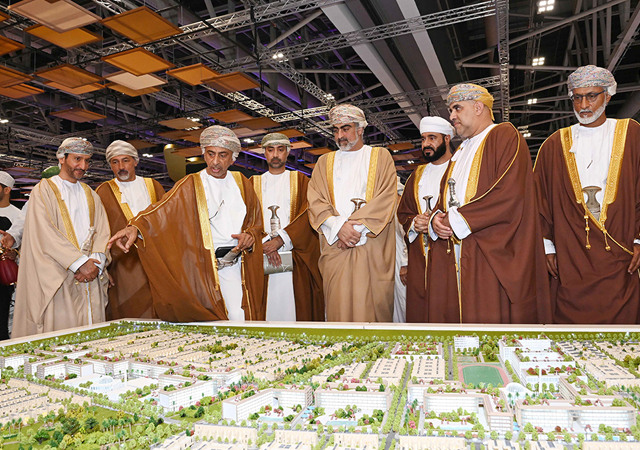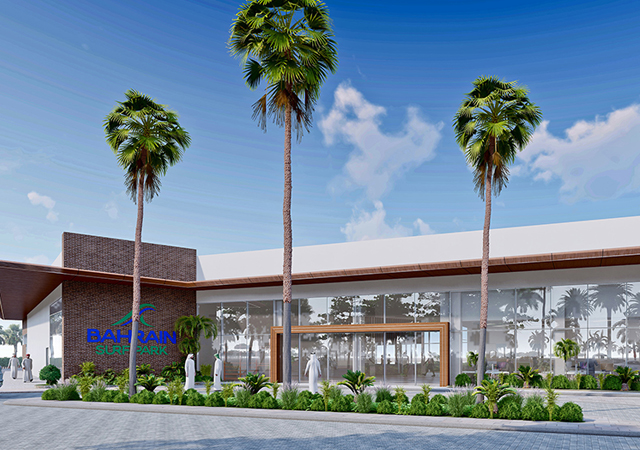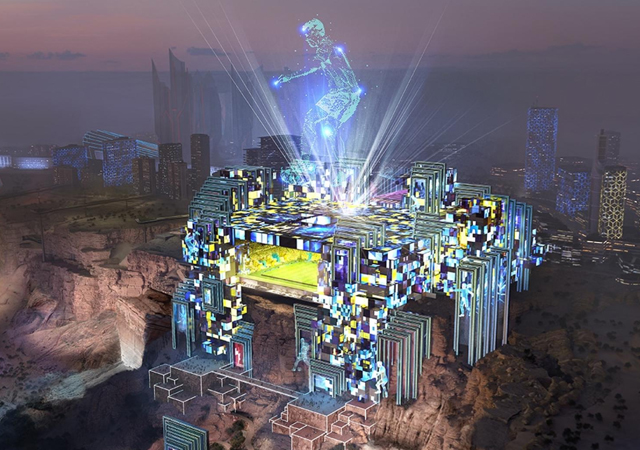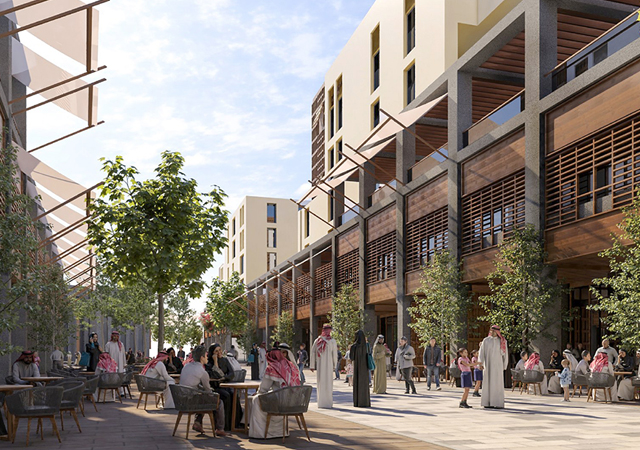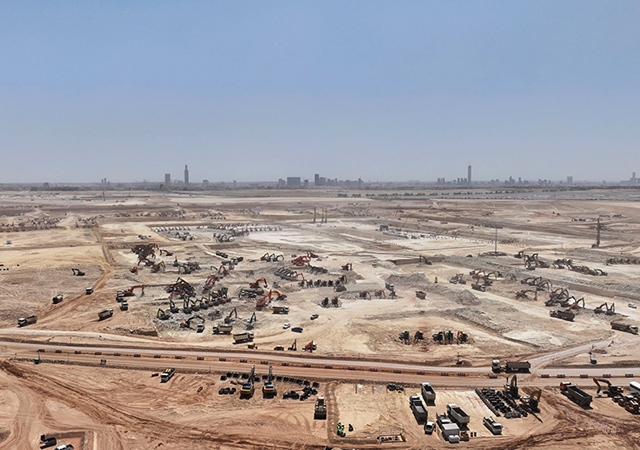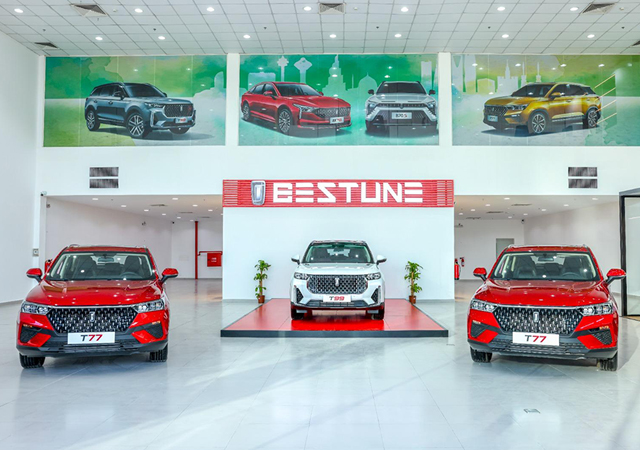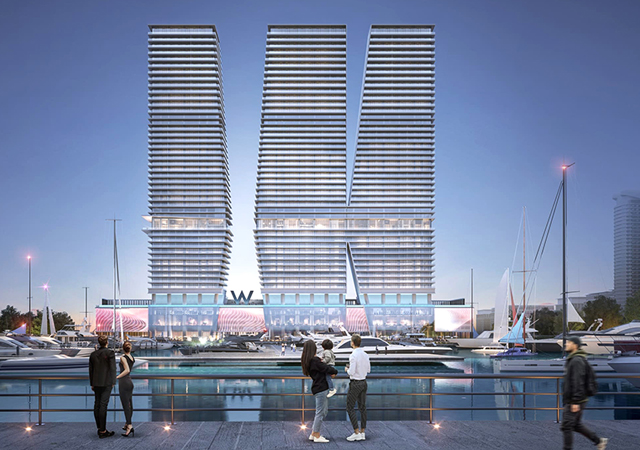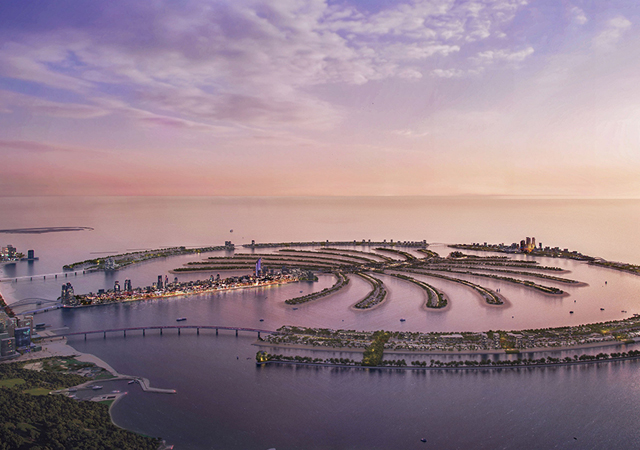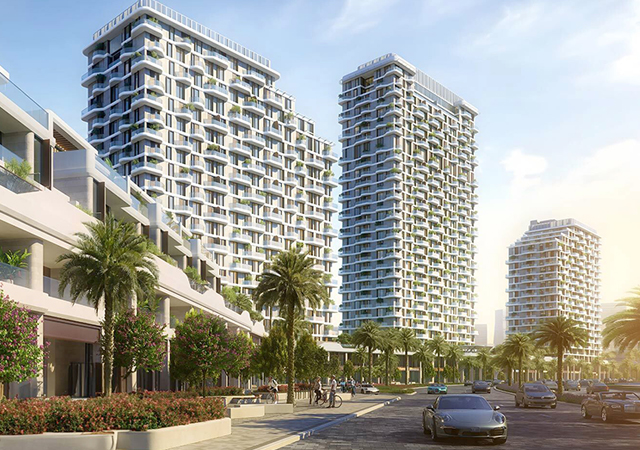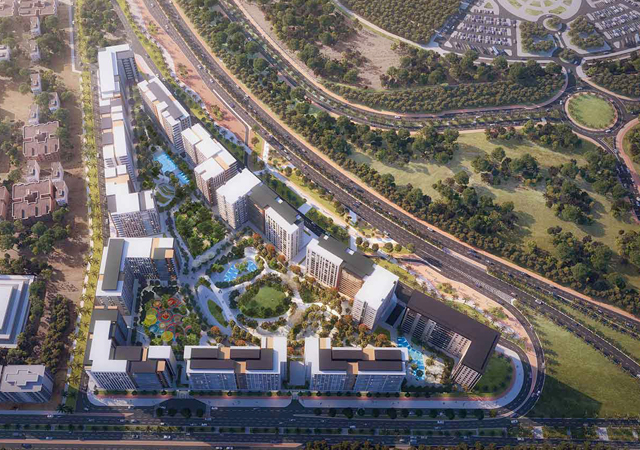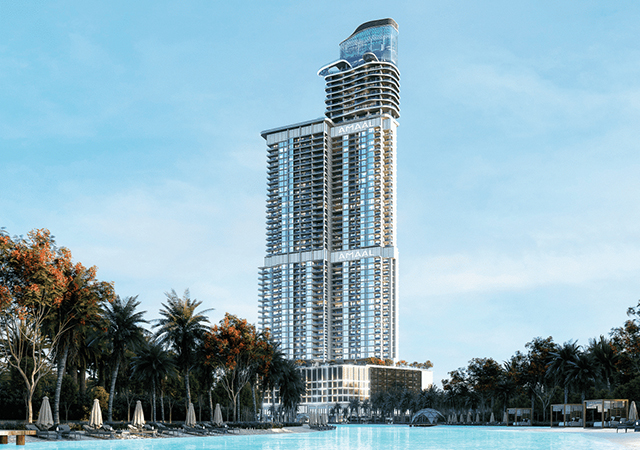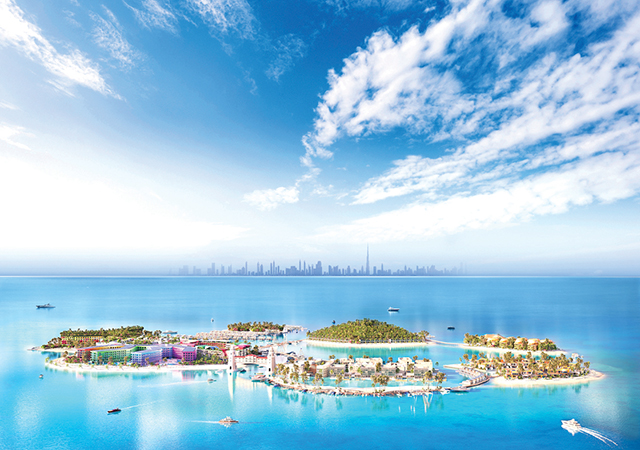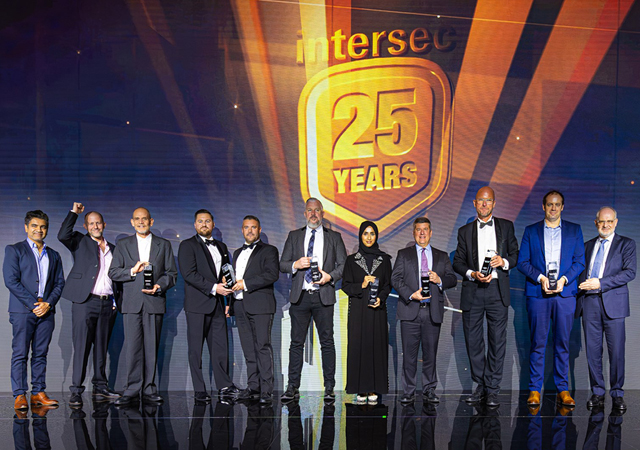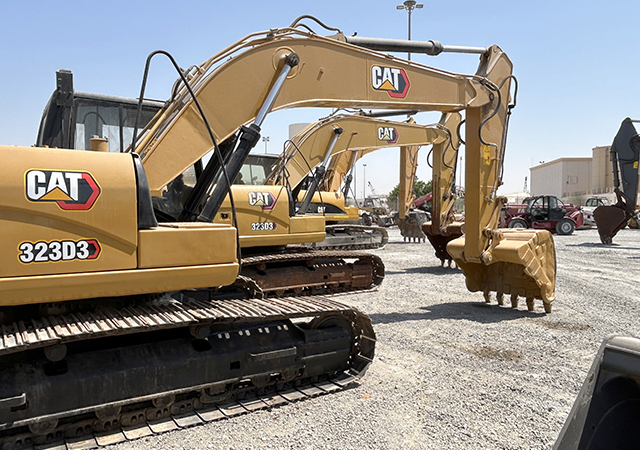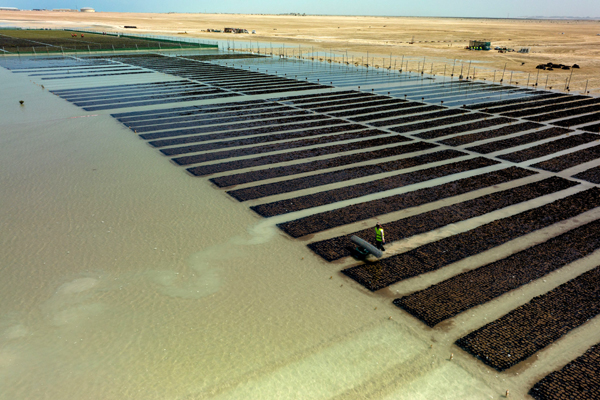
Red Sea Global (RSG), the developer behind two of the world’s most ambitious regenerative tourism destinations, The Red Sea and Amaala, has announced the opening of its first mangrove nursery. The project will support the delivery of RSG’s aim to plant 50 million mangrove trees by 2030.
The initiative closely aligns with the national objectives of the Saudi Green Initiative and RSG’s commitment to conserving and revitalizing the Kingdom’s Red Sea coast, underpinned by an overarching ambition to deliver a 30% net conservation benefit by 2040.
On the key initiative, Group CEO John Pagano said: "We hold the utmost respect for the environment in which we operate and recognize it as our most valuable asset. It is our shared obligation to not only safeguard it, but also proactively enhance it wherever possible."
"The successful opening of our mangrove nursery is a testament to that unyielding dedication to the preservation and rejuvenation of the Red Sea coastline," he stated.
"While we will continue to explore novel approaches, embrace cutting-edge methodologies, and utilize innovate technology, often nature already provides the greatest solutions. The power of mangrove forests to store carbon, to manage flooding and stabilize coastlines, and to provide shelter for fish and other organisms, makes them one of nature’s super ecosystems," noted Pagano.
"Our mangrove nursery will increase numbers of mangroves and boost biodiversity, ensuring we reach the environmental ambitions we have set ourselves," he added.
Group Chief Environment and Sustainability Officer Raed Albasseet said the establishment of a sustainable mangrove ecosystem is a key part of its commitment to protect and enhance the natural environment of RSG's destination.
"These trees are among the most efficient tools we have for carbon sequestration, with the capacity to absorb up to 5-10 times more carbon than other plants. Coupled with the positive impact on biodiversity, the successful cultivation of seedlings forms a central pillar in our ambition to achieve a 30% net conservation benefit across our destinations," he added.
Environmental Programs Director Tarik Alabbasi said the process of the cultivation and transplantation of mangrove trees was highly technical requiring significant planning and proficiency.
"Since mangrove forests require water to survive, nurseries are typically located near a source of water within the intertidal zone to ensure the optimal growth of the seedlings. We need to carefully track the tide cycles to find periods of low tide in addition to consistently monitoring the weather to avoid windy days," he added.


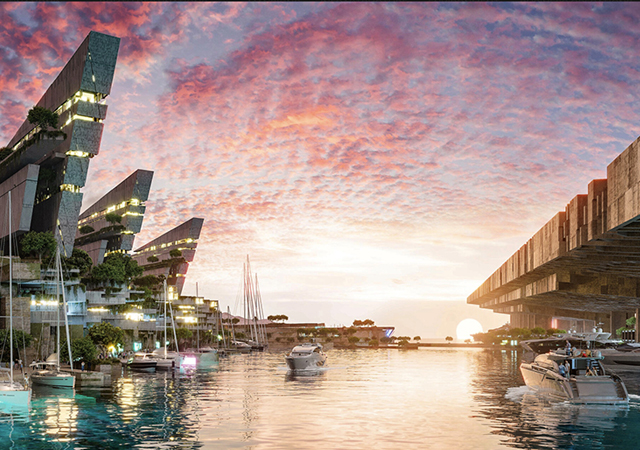
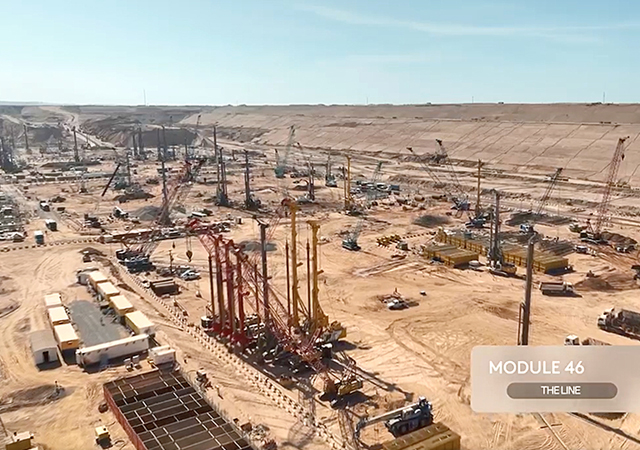
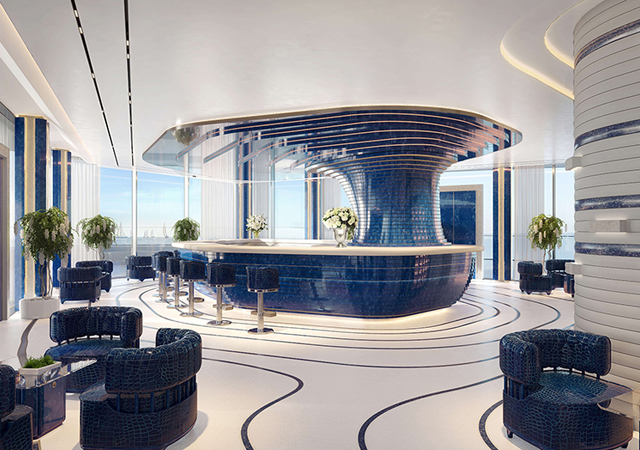
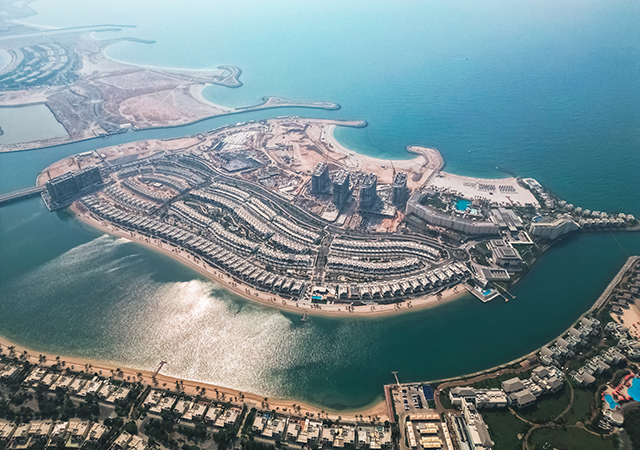
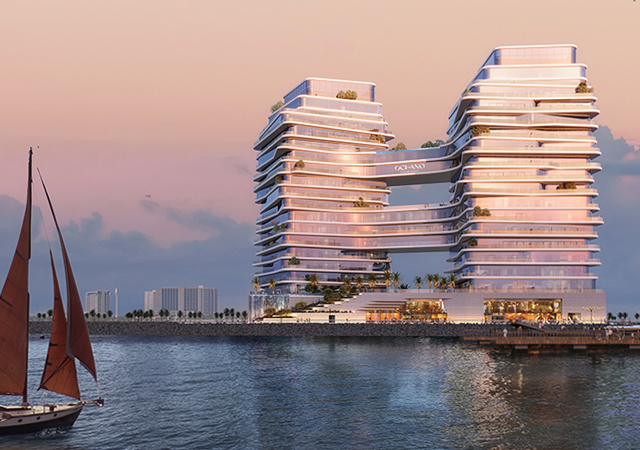

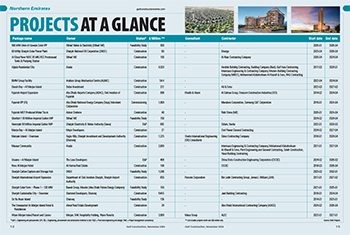

_master.jpg)
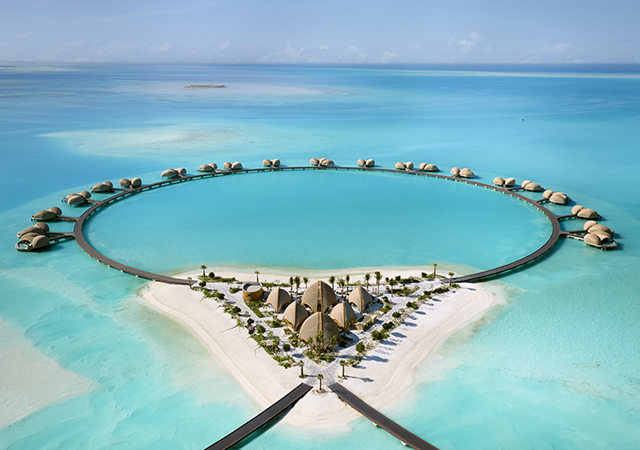
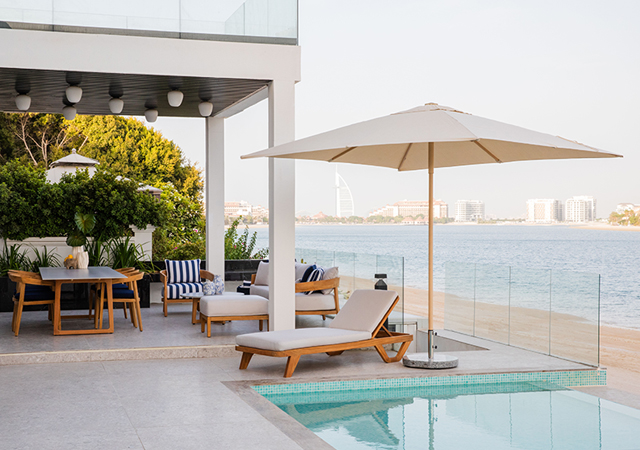

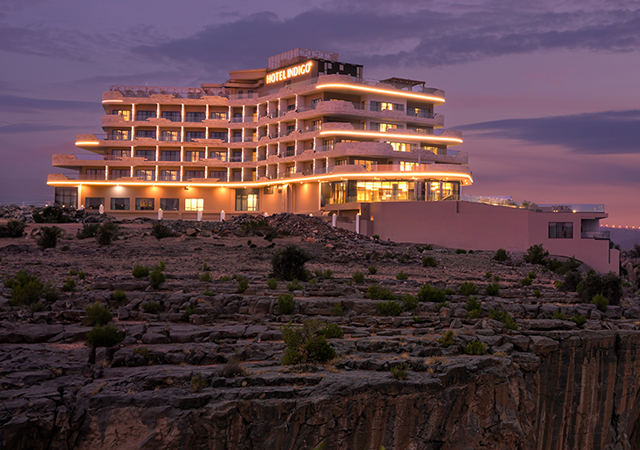
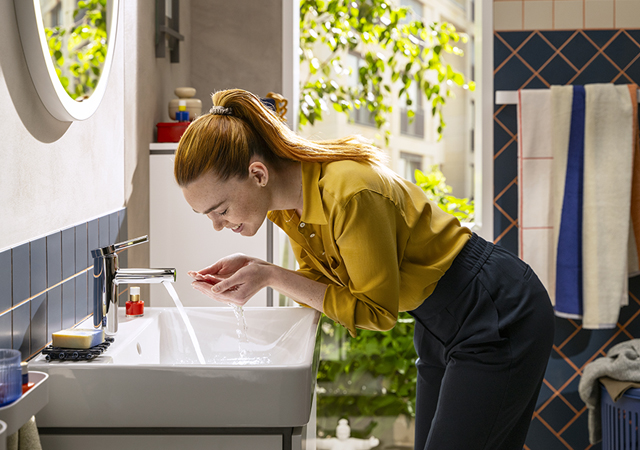

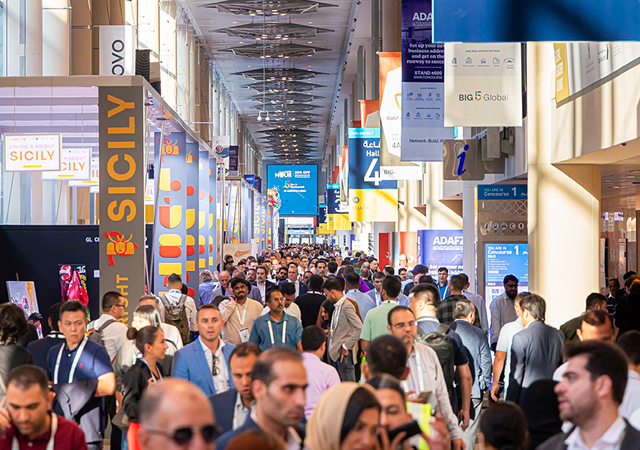


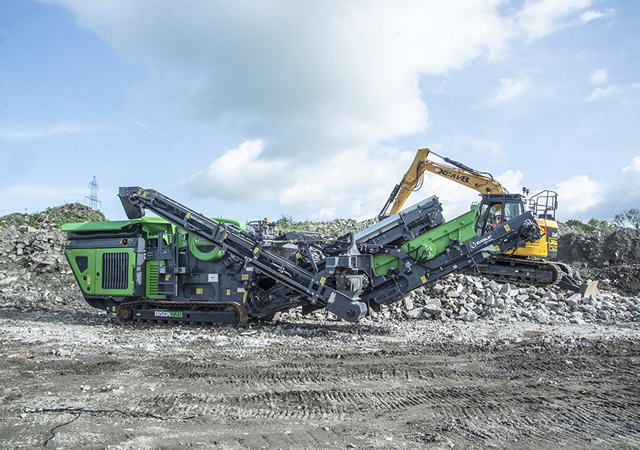
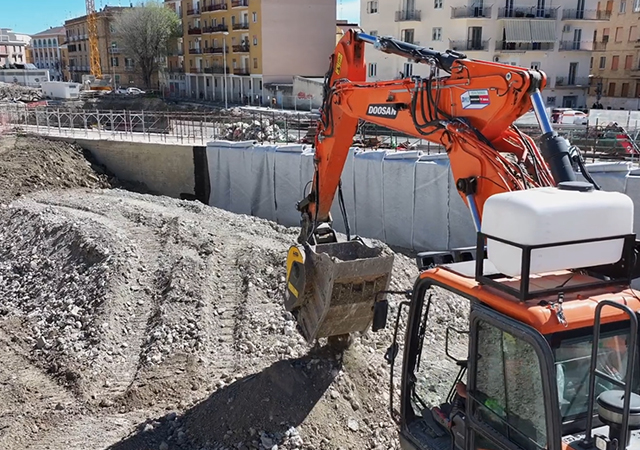

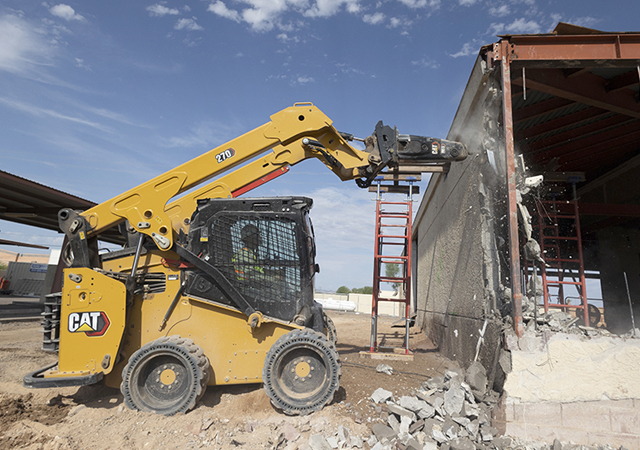

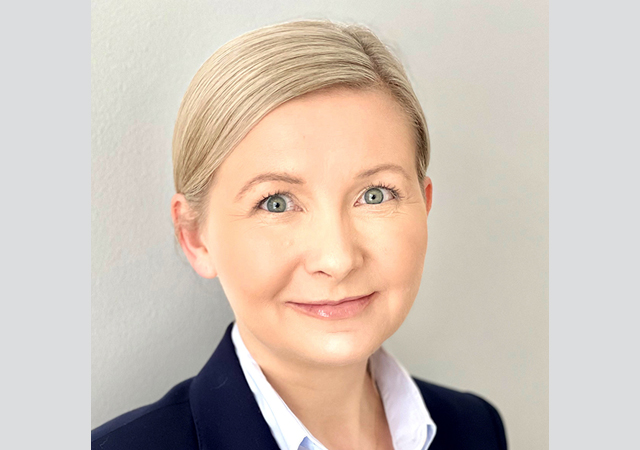
.jpg)
